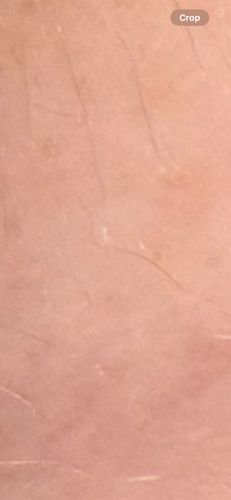Scabies Mite
Scientific Name: Sarcoptes scabiei
Order & Family: Order: Sarcoptiformes, Family: Sarcoptidae
Size: Adult female mites are approximately 0.3-0.45 mm long and 0.25-0.35 mm wide. Males are slightly smaller, about 0.2-0.24 mm long and 0.15-0.2 mm wide. They are generally not visible to the naked eye.

Natural Habitat
The primary habitat for Sarcoptes scabiei is the skin of mammals, including humans. They prefer warmer areas of the skin, such as between the fingers, wrists, elbows, armpits, waistline, buttocks, and genital areas. In infants and young children, infestations can also occur on the scalp, face, neck, palms, and soles.
Diet & Feeding
The mites feed on skin cells and tissue fluids within the burrows they create under the skin. They do not consume blood.
Behavior Patterns
Sarcoptes scabiei are obligate parasites, meaning they must live on a host to survive. They burrow into the upper layer of the skin (stratum corneum) where the female mite lays 2-3 eggs per day for 4-6 weeks. The eggs hatch into larvae within 3-4 days, which then mature into nymphs and adults. The entire life cycle from egg to adult is completed in 10-17 days. They are most active at night, which is when itching tends to be most severe. Transmission typically occurs through prolonged skin-to-skin contact.
Risks & Benefits
Potential Risks: The primary risk is the skin condition known as scabies, characterized by intense itching and a pimple-like rash. Scratching can lead to secondary bacterial infections (e.g., impetigo, cellulitis). While generally a nuisance, in immunocompromised individuals, scabies can lead to crusted scabies (also known as Norwegian scabies), a severe form with thick crusts containing thousands of mites, posing a higher risk for serious bacterial infections, sepsis, and even death if left untreated. Potential Benefits: There are no known benefits of Sarcoptes scabiei to humans or the ecosystem; they are solely parasitic.
Identified on: 9/4/2025